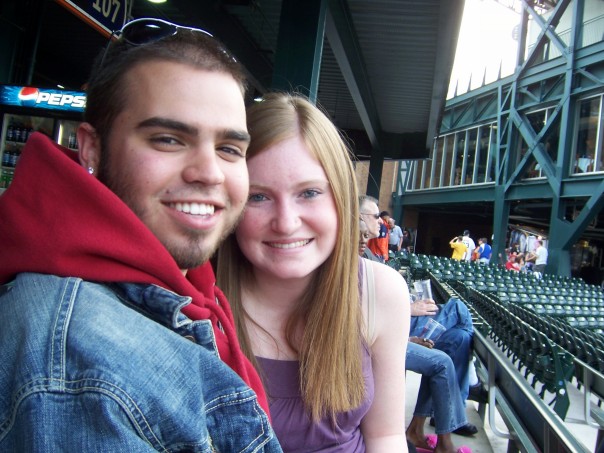
Playing pieces (pawns) are small, colored plastic automobiles which come in six different colors (red, blue, white, yellow, orange, and green), and each pawn has six holes in the top in which the blue and pink "people pegs" are placed throughout the game as the player "gets married" and has or adopts "children". The board also contains small mountains, buildings, and other similar pieces, making the playing area three-dimensional. The game consists of a track, on which players travel by spinning a small wheel with spaces numbered 1 through 10, located in the middle of the board. In 1960, the one hundredth anniversary of the game, the form of the game now known as The Game of Life, was introduced, designed by Reuben Klamer. A player could gain fifty points toward this goal by reaching "Happy Old Age" in the far corner, opposite "Infancy" where one began. The object was to land on the "good" spaces and collect 100 points. The game board was essentially a modified checkerboard. īradley's game did not include dice, but instead used a teetotum, a six sided top (dice were considered too similar to gambling). Ives in 1843, it had a strong moral message. Like many games from the 19th century, such as the The Mansion of Happiness by S.B. The game sold 45,000 copies by the end of its first year. This was the first game created by Bradley, a successful lithographer, whose major product until that time was a portrait of Abraham Lincoln with a clean shaven face, which did not do very well once the subject grew his now-famous beard.

First-generation student: A college student who is the first in their family to go to college.Dormitories: Campus housing where full-time students live within close distance of the academic buildings.
#College life game professional#
Oftentimes professional certifications may require continuing education credit-though not all necessarily require college coursework. Continuing education: This typically refers to part-time formal education for working adults.Commencement: A formal graduation ceremony that celebrates recent graduates of the institution with their family and friends.university: Colleges are generally smaller institutions that focus on undergraduate education while universities are typically larger institutions that offer a greater number of graduate degree options. Cohort: A group of students working through a curriculum together towards the same degree.Career services: A student resource department that helps students and alumni job-search, develop resumes, give interviews and network.Campus: The physical buildings and grounds owned by a college or university.Adult learner: This term typically refers to an older student who usually has experience in the workforce and didn’t necessarily attend college right after high school.Click on a category below that interests you to jump to that section. To help narrow down your search, we broke these terms down into several categories. While there aren’t any pop quizzes coming, you’ll definitely want to study up on this collection of college terminology so you can confidently take the next step in your education.Ĭollege terminology can cover a ton of ground.

We’ve created a massive college term glossary to help you navigate the college landscape.Ĭonsider this your first college course. If you’re feeling a bit lost, don’t let that get you down. If you’re not familiar with the world of higher education, the terms and jargon can be practically a whole new language to learn and contend with. Transfer Credit & Other Knowledge Credit™ĬBE.Information Technology Project Management.MSN Psychiatric-Mental Health Nurse Practitioner.Human Resources and Organizational Leadership.

MENU Site Navigation Close navigation menu


 0 kommentar(er)
0 kommentar(er)
